February 3, 1990 – Musician and high end car collector Sean Kingston is born
Reggae infusion artist Sean Kingston was born on this day in 1990. He rose to fame after being discovered on
Reggae infusion artist Sean Kingston was born on this day in 1990. He rose to fame after being discovered on
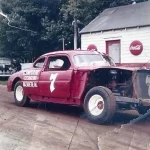
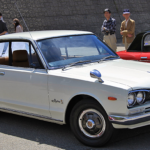
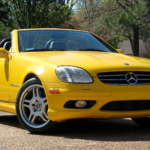
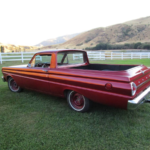
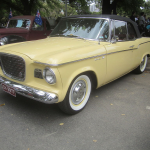
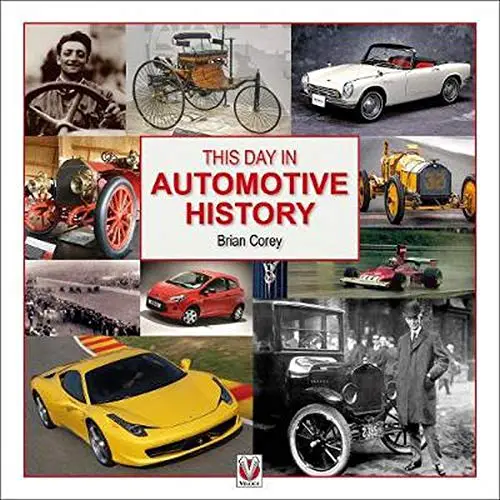
This book tells fascinating tales, bringing individual days to life with short stories, photographs and illustrations.

Connect with us on Facebook or sign up for our automotive history newsletter to keep in touch.
This Day in Automotive History is a transportation history, car history and general automotive history website dedicated to providing informative and entertaining content.
Our goal is to enlighten our readers by producing and publishing automotive content on a wide range of topics, including famous cars, important automotive inventors and engineers and other historic automobile related events, places and people.
©2023 Cars & Copy Media Co. All rights Reserved.
This Day in Automotive History is publication of Spare Change Multimedia LLC, DBA Cars & Copy Media Co.
This site contains product affiliate links. We may receive a commission if you make a purchase after clicking on one of these links. This includes links to sites including those owned by companies such as eBay, Amazon and Goodyear.
As an Amazon Associate this site may earn from qualifying purchases.
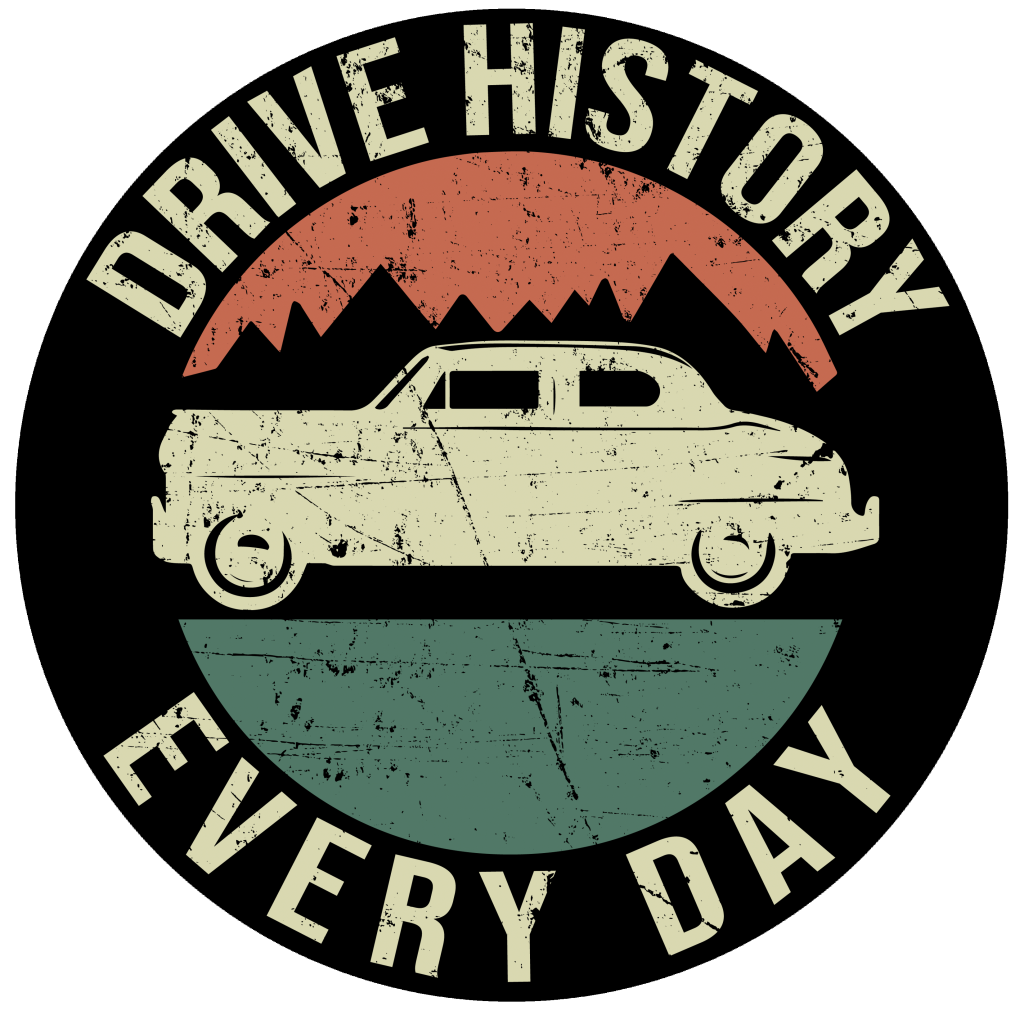
If you have any questions about the content we publish, including our car videos and car history pictures and text and the use of them, please don’t hesitate to contact us.
On occasion we post classic cars for sale from Craigslist, Facebook and other online marketplaces. We utilize imagery from those ads in a fair use fashion. This includes barn finds for sale, muscle cars for sale, vans for sale, station wagons for sale, trucks for sale and other affordable old cars for sale. If you’d like your car featured, reach out to us!
Connect with us on Facebook or sign up for our automotive history newsletter to keep in touch.
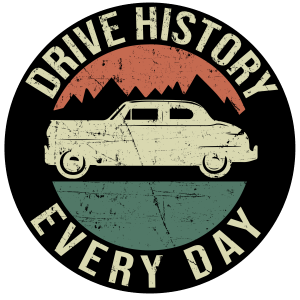
Sign up for our automotive history newsletter to keep in touch.
By clicking “Sign up” you agree to receive marketing and promotional emails from This Day in Automotive History and Cars & Copy Media Co.